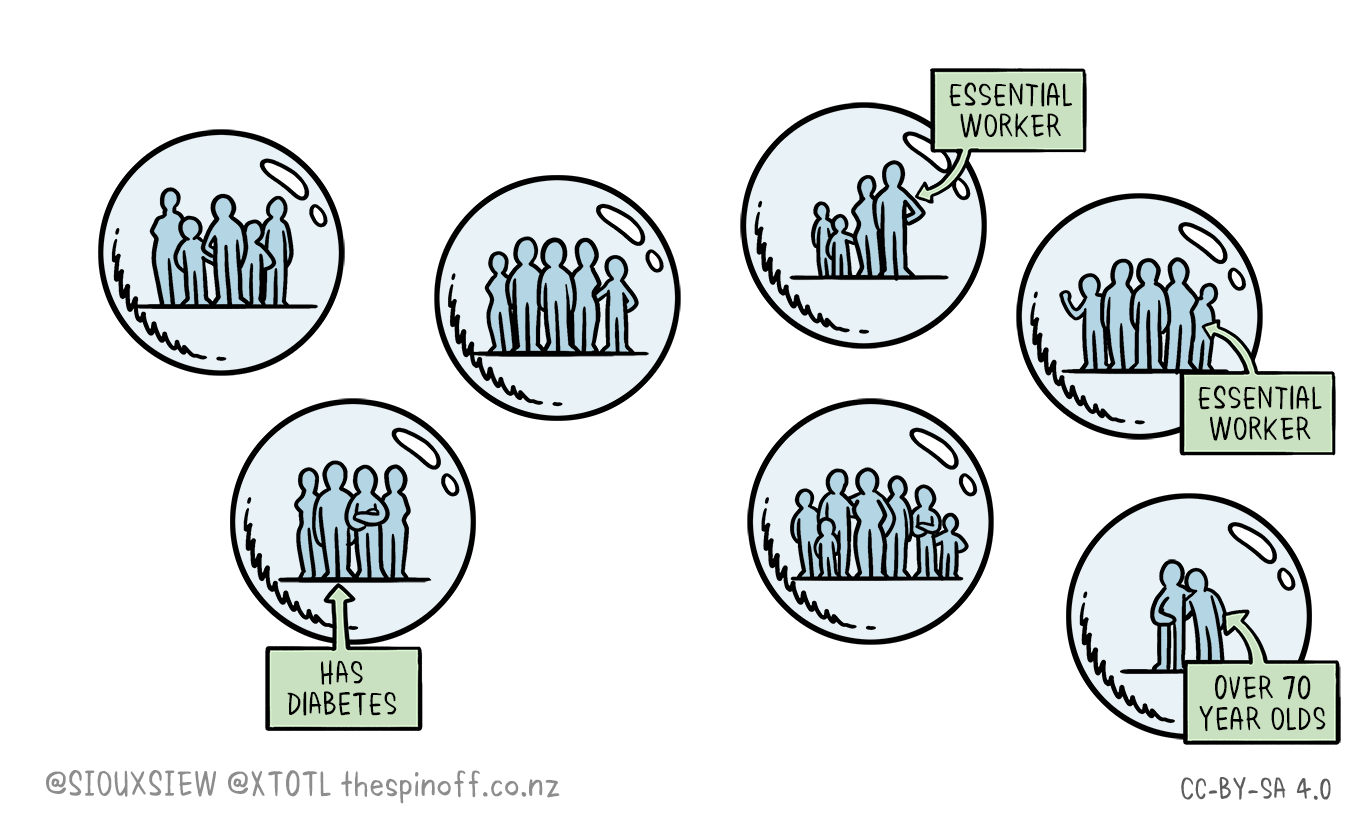What Jacinda Arden Can Teach Us About Science Communication
Our ASM Vice President (communications) Rebecca LeBard, School of Biotechnology and Biomolecular Sciences, UNSW shares some insights on science communication.
This article is republished from Medium.
Photo by Vlad Tchompalov on Unsplash
“Without our science communicators to publicly inform, explain, teach, decode, counter misinformation and debate science matters many would remain in a space where they don’t have [the] information they need, leading to poor choices being made at really crucial times.”
The Prime Minister of New Zealand used these words to describe science communicators this week as she thanked them for their crucial role in society. She emphasised this role in leading public engagement with science is important not just in times of catastrophe.
Jacinda has strongly supported their role, but many have commented that she has delivered a Masterclass in science communication herself over the last few months.
Jacinda came to the attention of the world when she became the youngest female to lead a government in 2017 when she became the New Zealand Prime Minister at 37. She has a background in communication, completing a Bachelor of Communication Studies in Public Relations and Political Science, and is an exemplar of effective leadership communication.
Her recent efforts can also teach us about effective science communication.
Meet the audience where they are at
Science communicators are important in translating and decoding science from the way it is communicated between experts, to a way appropriate for a different audience.
Many world leaders attempted to communicate science to the public as they described how a collective response was needed to “flatten the curve” as the COVID-19 pandemic accelerated. But, effective communication requires more than just using a graph.
Jacinda didn’t pretend to be an expert and she didn’t expect the public to be experts. She held daily press briefings, broadcast live, and stayed to answer many questions. She even sat in her lounge room in a sweatshirt one evening taking questions from the public on Facebook live and answering in simple, relatable language.
On one occasion she held a press conference specifically to communicate with children along with science communicator Dr Michelle Dickinson, who specialises in science communication for children.
Clarity of the message
To communicate how individuals needed to isolate themselves from others to prevent the coronavirus from spreading, Jacinda used a “bubble” analogy. This idea originated from a New Zealander Dr Tristram Ingham, a Senior Research Fellow in the Department of Medicine at the University of Otago. It was successful in helping people to determine who they should maintain contact with during two weeks of quarantine, and explaining how the disease can easily be spread.
Siouxsie Wiles and Toby Morris / CC BY-SA
Researchers Jacqueline and Milton Mayfield outline a model for effective communication that comprises three key parts: direction-giving, meaning-making and empathy to motivate people to “give their best.”
Leaders often focus on direction giving, but less so on meaning-making and empathy.
Meaning-making is a term that describes how people process particular situations or events. Jacinda was able to guide people’s response to COVID-19 by repeatedly explaining the need to “Go hard, go early” while emphasising the need for everyone to play a role with terms such as “Be kind, Stay home.”
Empathy and relatability
Empathy is something Jacinta is best known for. Photos of her dressed in a hijab as she met and embraced members of the Muslim community soon after the terrorist attack in Christchurch in 2019 aligned strikingly with her words that the country was “united in grief”. Circulated globally, one photo was even projected onto the Burj Khalifa tower in Dubai.
Christchurch City Council Newsline/Kirk Hargreaves. This file is licensed under the Creative Commons Attribution 4.0 International license.
In communicating how the coronavirus can be transmitted, Jacinda used empathy and relatability. When playgrounds first closed, Jacinda told parents she also would miss taking her daughter to the park before she described how the closures were necessary as coronaviruses can last for up to 72 hours on surfaces.
Some science communicators have become household names in New Zealand as the country responds to COVID-19. Their role has helped the country come close to elimination of the disease with the country’s leader supporting them and leading by example.
Twitter: @rlebard
LinkedIn: linkedin.com/in/rebecca-lebard/
Medium: @rlebard_37209



